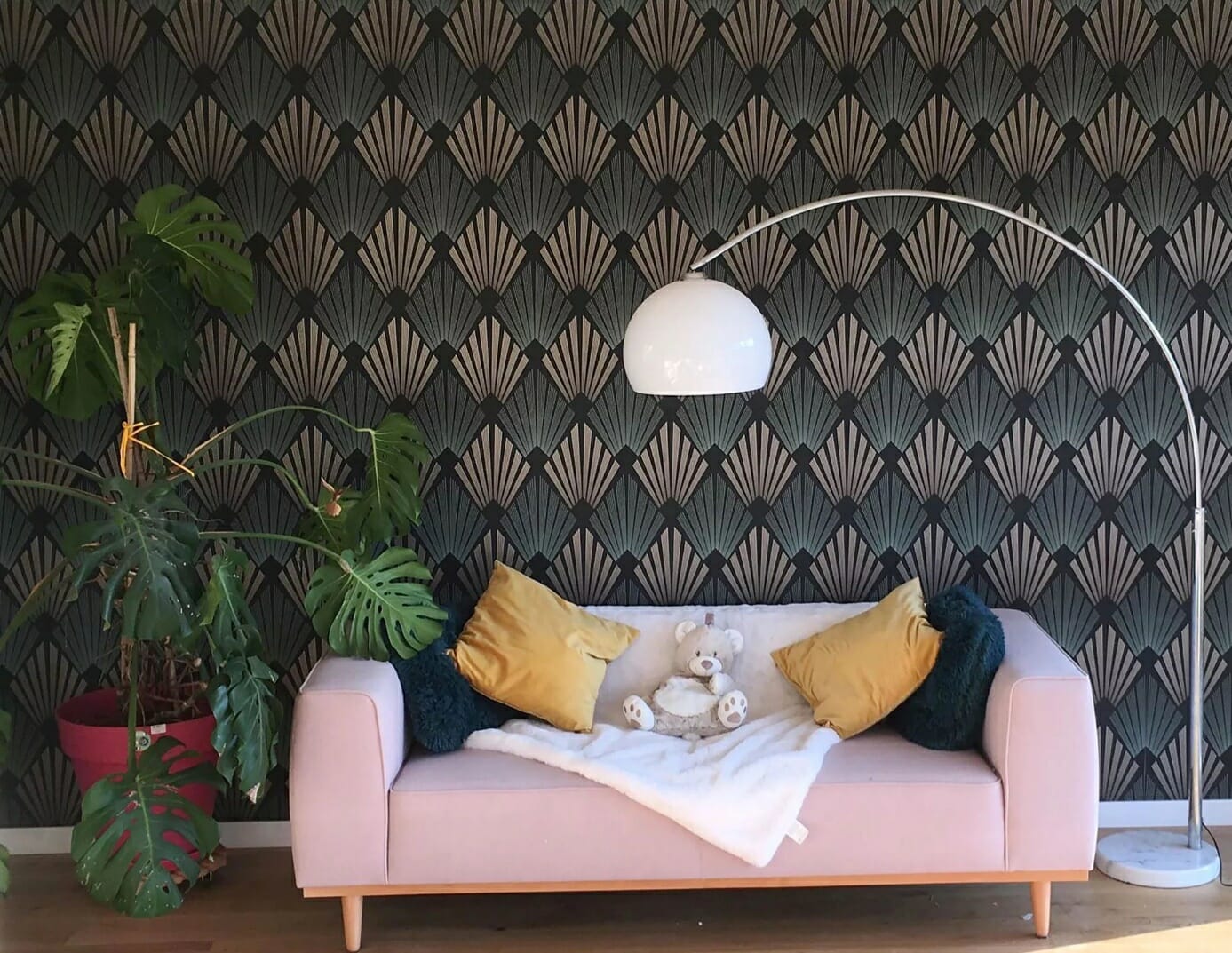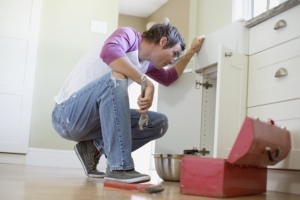Whether you are planning to renovate your home because you are tired of its look, are planning to put it on the market or it’s time to attract new tenant for your rentals, when it comes to redecorating the big question that often arises is which approach is the most appropriate: will you opt for a simple coat of paint or install a wallpaper? The benefits of wallpaper are clear: you get a must wider option of motives, materials and textures to play with and its impact on the look of a room vastly exceeds a simple coat of paint. What stops most people from going all in on wallpaper is the preconception that wallpapering requires, time, effort and special skills. Short of that the fear is that you will need to call a professional with the consequent costs attached. While this might have been true a few decades ago, when the old, sturdy paper-based models required precise soaking times, nowadays there really is no need to be worried about it. Like most things in contemporary life, technological evolution has brought new materials into the world of wallpapering, making its application and maintenance child’s play. Applying wallpaper to a wall is something that can be done with ease and this means that you don’t need to limit yourself to the usual colors offered by paints and varnishes. The world of wallpapers opens up an almost endless range of decoration styles and materials. The internet is your friend when it comes to discovering you models as there are many online wallpaper stores you can turn to that can provide filters for models, colors, materials and tools to find out how many rolls of your favorite wall décor you actually need.
Before ordering you will need to measure the size of the walls you want to decorate and keep in mind the chromatic style you are aiming for. Once you have picked the models and placed your order, it generally takes only a few days to arrive (make sure to check that the product you require is in stock, otherwise the waiting times might be longer). It’s now time to get to work, let’s see what steps are necessary.
Move furniture and cover the floors
The bell has rung, and your parcel is here. Hooray! It’s time to get to work. First things first, you want to make sure that nothing gets damaged or splattered on. Of course, ideally, the room you want to decorate should be empty. Should it not be possible to move everything to another room, move smaller pieces of furniture to other rooms, and keep larger items, such as a sofa or armchair, to the centre of the room and cover them with a sturdy protective sheet. Laying wallpaper requires glue, and since there is little point in showing off beautifully decorated walls combined with stained floors, it is necessary to cover them in their entirety.
Make sure you have all the tools you’ll need
Installing wallpaper can be a relaxing and enjoyable pastime, but nothing ruins the mood like being in the middle of your decorating project and realizing you’re missing a tool. Having to leave everything half-done for a trip to the hardware store while at home the glue you have mixed with care is drying away is not a good way to get off on the right foot. Let’s therefore make sure we have everything we need ready before we get started.
These are the tools you’ll need:
• Trestle table
• Step ladder
• Folding yardstick and tape measure
• Wallpaper scissors
• Cutter knife
• A pair of sharpened pencils
• A plumb line or chalk line
• Pasting brush, paste roller, paste bucket and a few sponges
• Seam roller
• Pressure roller
• Wallpaper spatula
You can find all you need at the hardware store. Most of these tools are not particularly expensive so you don’t have to worry if you need to purchase some of them for this project.
Check the walls before starting and start wallpapering
In order to adhere securely, the glue must be applied to smooth, even walls. Make sure there is no trace of mold before starting. If the walls in question had already been wallpapered in the past, this must be removed with a suitable product and warm water.
If you’ve chosen non-woven wallpaper (which we recommend if this is your first project) the adhesive paste can be applied directly to the wall, without having to wait for the paste to soak in the paper. This will make your life easier.
Using a plumb line, draw a guideline for the first sheet to ensure that it is vertical. Apply the glue to the wall using a paint roller to avoid splattering. Apply the glue generously and evenly and carefully lay the sheets to the wall immediately after applying the glue. Now use a clean, dry wallpaper brush to flatten the sheet, starting from the center outwards. This should be done using a pressure roller, without using too much force. The important thing is to work methodically to get rid of any air bubbles that may be trapped. If the edges don’t stick well, you can add a little glue with a fine brush. Take your time to lay the first sheet, as this will be crucial to the success of your project. Once this is done proceed to lay the other sheets and let them dry. Open the window and pour yourself a drink to celebrate!




